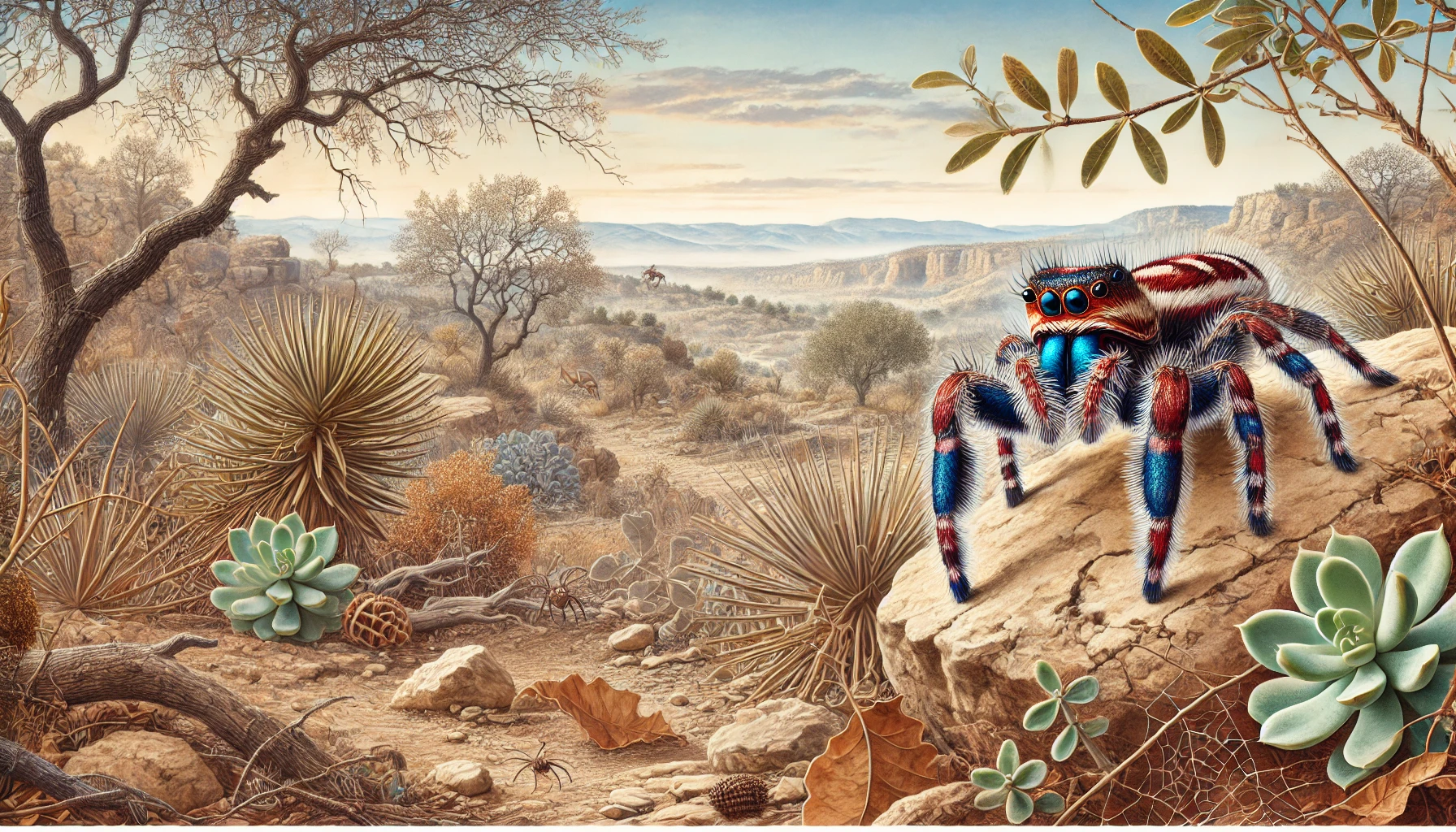1. What does the name “Tenkana” mean in Kannada?
A) North
B) South
C) East
D) West
2. Under which subtribe is the genus Tenkana classified?
A) Salticidae
B) Hyllinae
C) Plexippina
D) Telamoniinae
3. Which two species were reclassified into the genus Tenkana?
A) Tenkana hyllus and Tenkana telamonia
B) Tenkana manu and Tenkana arkavathi
C) Tenkana indica and Tenkana srilankensis
D) Tenkana drya and Tenkana litoralis
4. Where are Tenkana spiders predominantly found?
A) Eastern India and Nepal
B) Southern India and northern Sri Lanka
C) Western Ghats and Maldives
D) Central India and Bhutan
5. What type of habitat do Tenkana spiders prefer?
A) Dense forests
B) Wetlands and marshes
C) Dry environments with sparse vegetation
D) Urban areas and gardens
6. Which behavior is typical of Tenkana spiders?
A) Web spinning for catching prey
B) Nocturnal hunting on trees
C) Ground-dwelling and ambush predation
D) Swimming and catching aquatic insects
7. What is the ecological role of Tenkana spiders?
A) Pollination
B) Pest control by feeding on small insects
C) Decomposition of organic matter
D) Soil aeration through burrowing
8. Which region’s biodiversity is highlighted by the discovery of Tenkana?
A) Northern India
B) Southern India
C) Western Europe
D) Eastern Africa
9. What distinguishes Tenkana from other genera like Hyllus and Telamonia?
A) Larger size and web-spinning behavior
B) Morphological and behavioral traits
C) Preference for aquatic habitats
D) Unique diet of plant material
10. How does the discovery of Tenkana contribute to science?
A) Provides insights into the use of spider silk
B) Highlights the role of spiders in urban pest control
C) Enhances understanding of biodiversity in underexplored regions
D) Proves spiders can adapt to underwater environments
Answer Key
- B) South
- C) Plexippina
- B) Tenkana manu and Tenkana arkavathi
- B) Southern India and northern Sri Lanka
- C) Dry environments with sparse vegetation
- C) Ground-dwelling and ambush predation
- B) Pest control by feeding on small insects
- B) Southern India
- B) Morphological and behavioral traits
- C) Enhances understanding of biodiversity in underexplored regions
